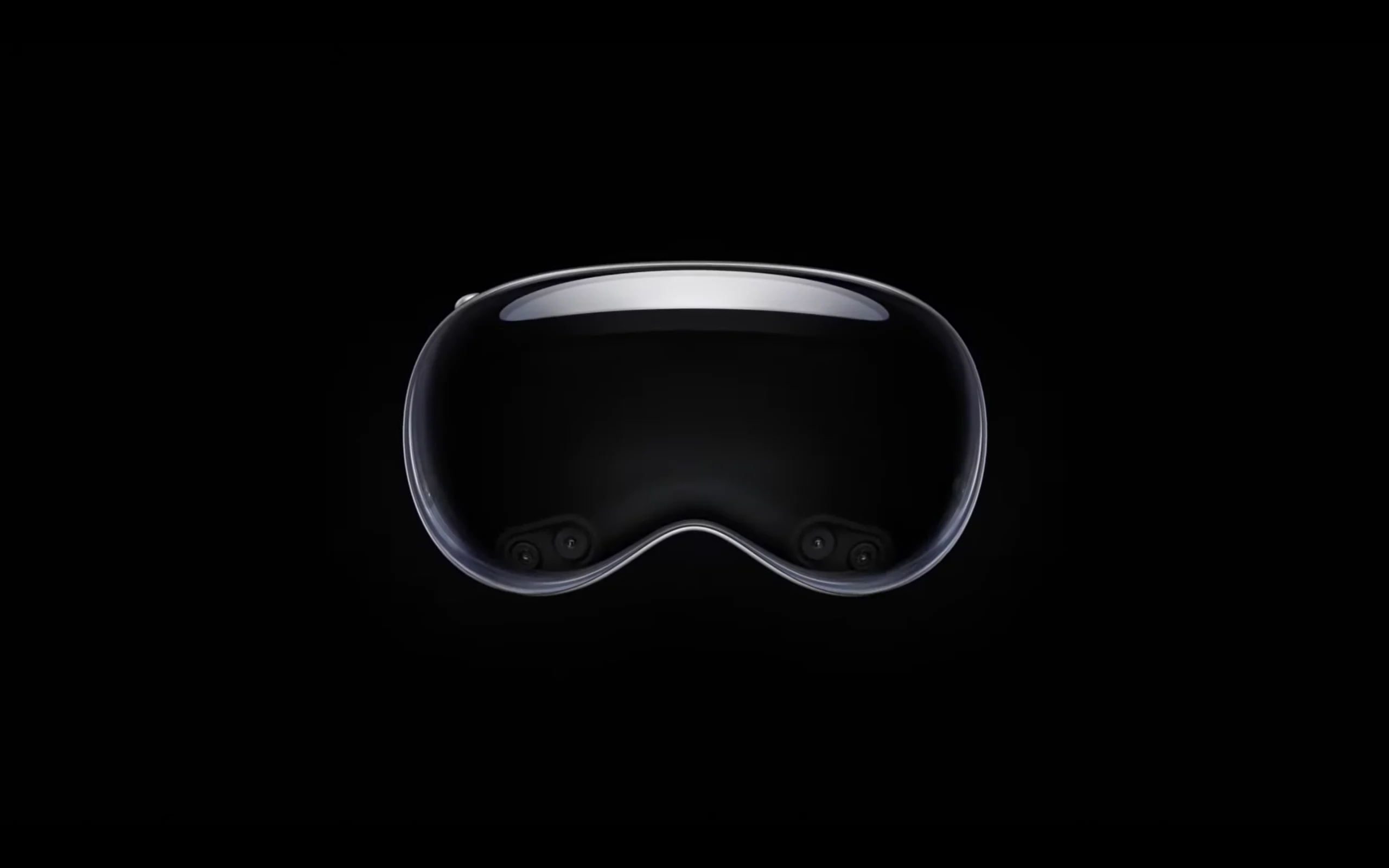
The Apple’s Vision Pro: A Departure from Apple’s Traditional Selling Approach
Table of Contents
Apple has always been known for its innovative products and strategic marketing. Typically, when a new tech product is released, it has one or two key selling points that set it apart from the competition. However, with the Vision Pro, Apple has taken a different approach. Instead of focusing on a killer app or headline features, Vision Pro aims to excel in the smaller, often unnoticed details.
The Vision Pro, priced at $35,000 and released exclusively in the US, is a virtual reality headset that targets developers. Apple’s goal with this product is to provide a glimpse into the future of consumer tech and encourage developers to create apps for the platform. By creating a high-quality, feature-rich headset, Apple hopes to establish itself as the default VR platform before its competitors can catch up.
The Good: Advancements in Realism and Convenience
One of the standout features of the Vision Pro is its ability to create realistic avatars. While some may find the avatars slightly uncanny, they represent a significant leap forward in terms of realism. Apple has managed to strike a balance between realism and acceptability, pushing the boundaries of what is considered socially acceptable in terms of virtual avatars.
The Vision Pro also offers convenience in various aspects. With the ability to video call without needing to hold a device or find a surface to prop it up, users can engage in conversations while multitasking. The headset’s studio-quality audio further enhances the communication experience. Additionally, the eyesight feature allows others to see the user’s eyes, making virtual interactions feel more human-like.

When it comes to the core VR experience, the Vision Pro outshines its competitors. The headset is comfortable and doesn’t cause discomfort or excessive sweating. While the device is heavy, Apple could have improved it by adding a rigid strap for better weight distribution. The pass-through feature, although not on par with natural vision, offers impressive resolution, low latency, vibrant colors, and excellent camera stabilization. Apple has put in significant effort to ensure that the VR experience feels seamless and immersive.
The user interface of the Vision Pro is also worth noting. The icons and app layers provide depth and a sense of immersion. The use of glass elements in the interface enhances the overall experience by allowing users to see their surroundings. The attention to detail, such as the realistic shadows and hand occlusion, further adds to the realism.
Limitations and room for improvement
While the Vision Pro offers an exceptional VR experience, it does come with its limitations. The lack of popular apps like Netflix, Spotify, and YouTube is a significant drawback. While there are workarounds, like using websites, the inability to download movies or songs renders the device less useful for entertainment purposes.
Apple’s ecosystem lock-in is also evident with the Vision Pro. The company has created a seamless user experience across its products, but it comes at the expense of compatibility with non-Apple devices and services. The Vision Pro heavily relies on Apple services like FaceTime and Apple TV, making it less versatile for users who prefer non-Apple alternatives.
From a work standpoint, the Vision Pro falls short of expectations. While it offers the ability to mirror a laptop’s display, the feature doesn’t add much value beyond enlarging the screen. The resolution and input device limitations make it challenging to work efficiently. Typing becomes slower without the ability to see the keyboard, and the eye-tracking system can be cumbersome in certain situations.
Another significant concern with the Vision Pro is its potential impact on attention spans and mental well-being. The device provides a constant stream of stimulation, which can lead to feelings of stress and restlessness. Apple’s control over what users can do with their eyes and the limited app selection further reinforce the notion that users are confined to Apple’s vision.
Exciting Possibilities and Future Prospects
Despite its limitations, the Vision Pro represents an exciting step forward in VR technology. Its hardware capabilities surpass those of its competitors, and the potential for future app development is promising. Apple’s dedication to creating a seamless and immersive experience is evident in the device’s features and functionality.
The Vision Pro has the potential to revolutionize various industries, from gaming to entertainment to productivity. With its ability to create a virtual cinema and offer a superior 3D experience, the device opens up new possibilities for media consumption. Additionally, the intuitive interaction model, which relies on eye-tracking and hand gestures, is likely to become an industry standard.
However, for the Vision Pro to truly succeed and become mainstream, Apple needs to address certain challenges. The lack of app compatibility with non-Apple services and devices limits its appeal, especially for users who prefer a more open ecosystem. Additionally, the device’s limited social interaction capabilities hinder its ability to connect people in the same physical space.
In conclusion,
The Apple’s Vision Pro is an impressive and ambitious product that pushes the boundaries of virtual reality technology.
While it may not be a necessity for most users, it offers a glimpse into the future and lays the groundwork for advancements in VR technology. Apple’s emphasis on attention to detail and creating a high-quality user experience is commendable, but certain limitations and challenges need to be addressed for the device to reach its full potential.

Credit to: Mrwhosetheboss









1 Response
[…] Spam emails can be a nuisance, cluttering our inboxes and posing security risks. Text records play a vital role in preventing email spam. This is achieved through the implementation of SPF (Sender Policy Framework), DKIM (DomainKeys Identified Mail), and DMARC (Domain-based Message Authentication, Reporting, and Conformance) records. These protocols, which are technically text records, help authenticate emails and prevent spamming, phishing, and other malicious activities. […]